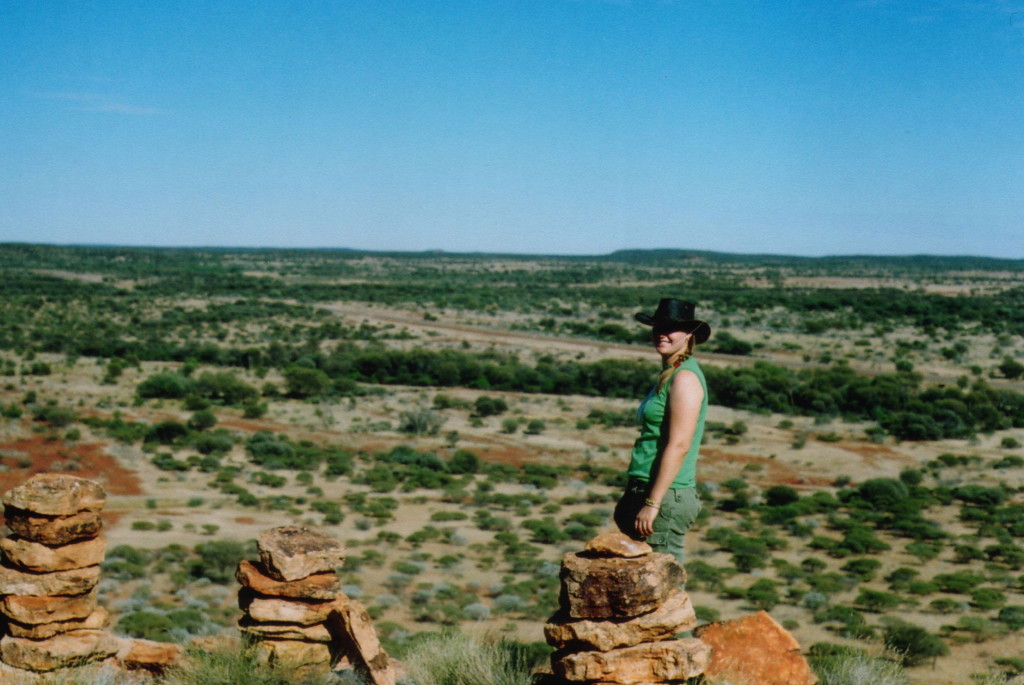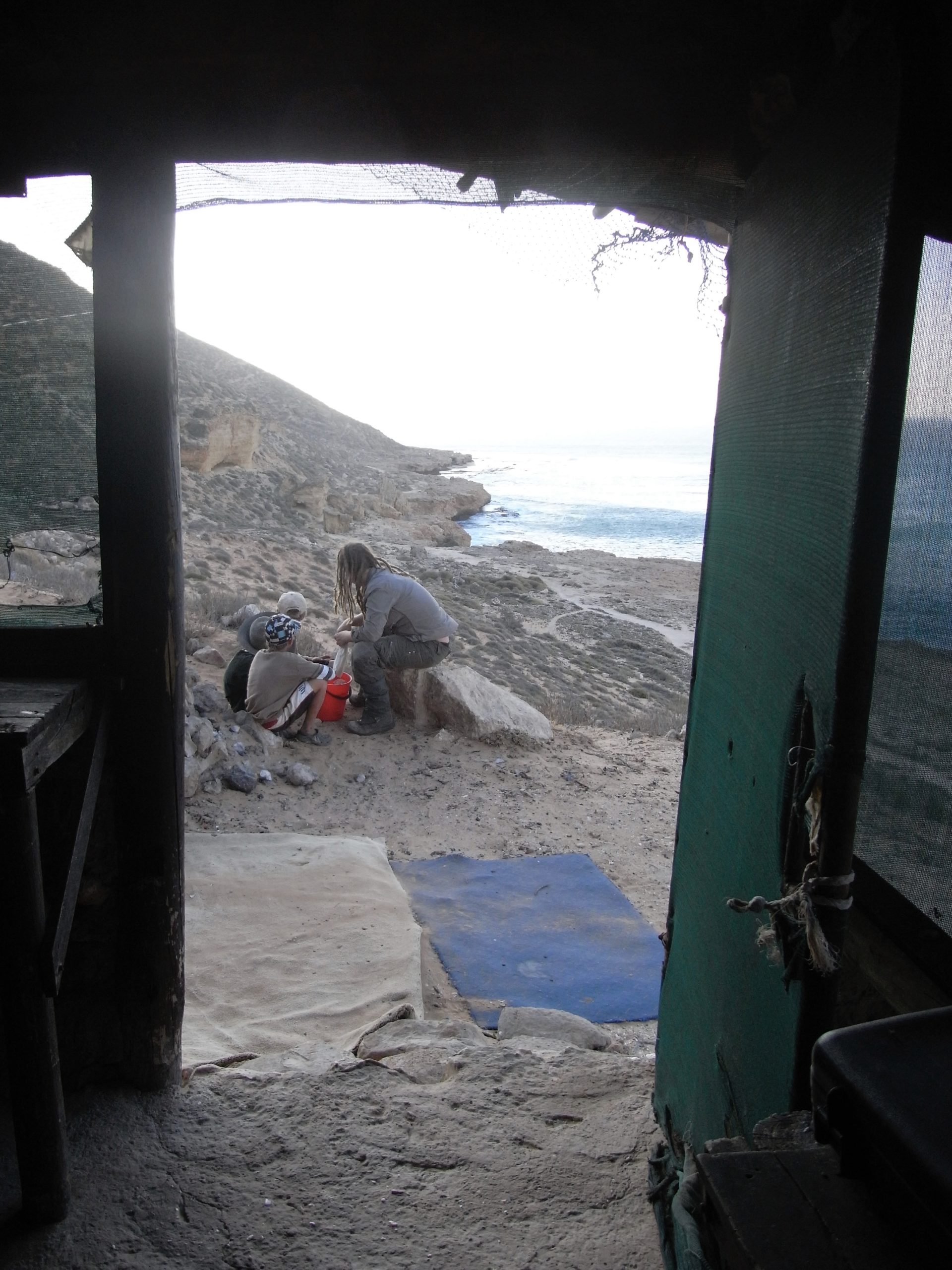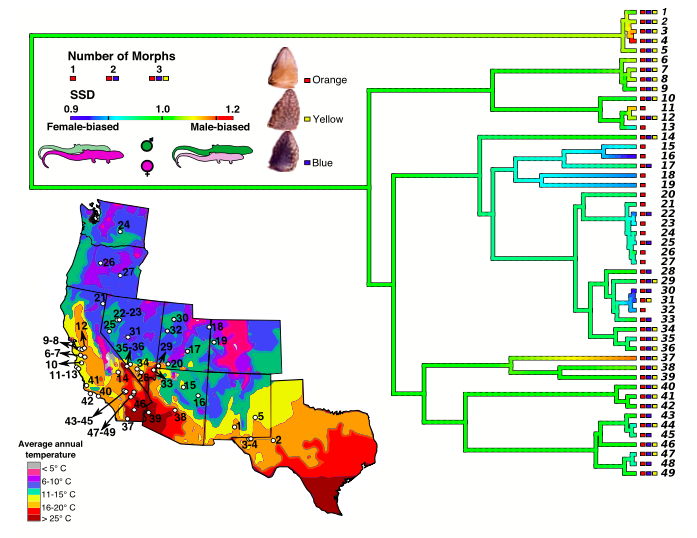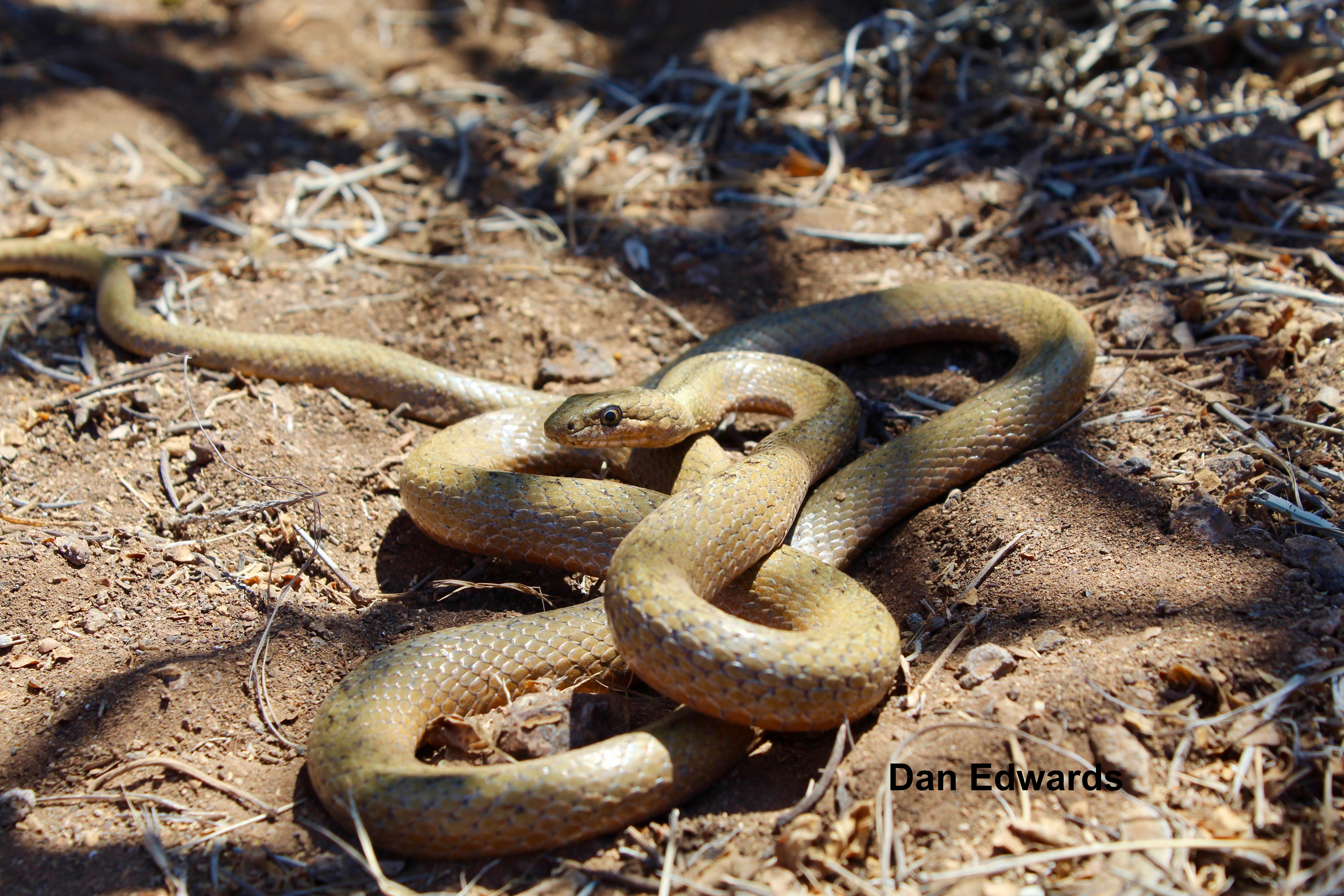The Edwards Lab Research
Knowing how organisms adapt to environmental change, particularly dramatic change, is fundamental to understanding the patterns and processes underlying organismal biodiversity. Dynamic environments provide new ecological opportunities, which are thought to have resulted in some of the most spectacular radiations on the planet. They do this through stimulating diversification that cannot complete speciation without the influence of sexual selection in sexual species, like the reptiles we study. Clarifying the processes underlying such diversification has significant implications for the maintenance of species’ evolutionary potential and conservation.

What factors drive speciation and population divergence? How does the environment, including abiotic and biotic interactions, shape phenotypic and behavioral evolution? What is the contribution of environmental and ecological factors, and social or sexual interactions throughout the speciation process? How is all of this information relevant to the conservation management of species?
Our research group is interested in all of these questions and more! Most of our research focuses on reptiles, particularly lizards to answer these questions. To do this we use integrated data from ecology, morphology, genetics/genomics and behavior to create a holistic view of the evolutionary processes resulting in speciation and intra-specific divergence. Our research crosses evolutionary scale from processes generating divergence among populations, up to macroevolutionary processes. We are also actively engaging in experimental research based on comparative studies.

The recent and rapid evolution of arid and semi-arid environments also provide an optimal arena for much of our research. We are particularly interested in these habitats as they are set to dramatically expand under human-induced climate change scenarios. Therefore, understanding how species have adapted to these habitats and the factors that have driven speciation in these regions is pertinent for clarifying future climate change impacts. As is understanding how social/sexual interactions impact the speciation process in different ecological contexts, as species’ distributions are already being dramatically altered – resulting in novel species interactions.
As organismal biologists, much of the research in the lab centers on the development of organismal systems to answer consequential integrative questions in evolutionary biology and conservation. Our work is often field based offering opportunities to work with a range of folks.




Projects in The Edwards Lab
How polymorphism shapes speciation dynamics and trait evolution

Polymorphism has been viewed as an “engine of speciation”. Here, changes in the number of polymorphisms in a population can lead to changes in the phenotypes expressed within populations, leading to rapid speciation. Therefore, many have hypothesized that polymorphism drives diversification and speciation. This is seen in the growing number of studies showing variation in the number of morphs that appear in polymorphic species across their distributions. But what processes lead to the loss or maintenance of morphs in a populations? Are the morphs the same in different environments? What are the consequences of shifts in morph states in different populations? We are interested in these and more questions regarding polymorphism in reptiles, mostly lizards.
In lizards, polymorphism often appears in the form of color polymorphisms, that despite its name involves distinct color phenotypes within populations that also correlate with many other physiological and behavioral traits. Furthermore, widespread polymorphic species often display variation in the degree of polymorphism present within populations. A focus of our research on this topic has been how environmental variation leads to changes in the degree of polymorphism, the relationship between polymorphism and diversification and speciation and how changes in polymorphism might lead changes in mating system. Our main study system for this work has been Uta stansburiana, the side-blotched lizard. Our research on side-blotch lizards includes field-based comparative, genomic and phenotypic studies.
Current projects in the lab center on building a picture of the biogeographic history of Uta and species boundaries and understanding the dynamics of hybridization and speciation (Sam Fellows). Collaborators on this project include Dr. Pete Zani, Dr. Robert Fisher, Dr. Susannah French, Dr. Geoff Smith, Dr. Brad Hollingsworth and Dr. Adrián Nieto Montes de Oca.
How natural and sexual selection shape speciation and diversification

In order to understand the processes that have resulted in the incredible diversity of life we see around us, we need to identify the mechanisms driving species diversification. Species may accumulate dramatic phenotypic differences through adaptation, whereby an organisms environment shapes its morphological or behavioral evolution for optimal fitness. Ecologically similar species often also compete over space, shaping trait evolution. Sexual selection, driven by mate choice, intrasexual competition or interspecific mate competition, is also commonly identified as a mechanism resulting in species diversification. While often historically considered as independent mechanisms, research by ourselves and many others suggest that both work together to drive speciation to completion.
Our work has shed light on the role of ecological divergence in driving convergent phenotypic evolution in recent and rapid radiations. So far our work in these areas has covered Liolaemus lizards and Australian agamids. We are particularly focussed on the sand dragon species complex (Ctenophorus maculatus and allied taxa). This species complex comprises 11 ecologically and phenotypically distinct species whose lineages come into varying amounts of contact. They are ideal for studying the dynamics of natural selection because our work has shown that these species have recently adapted to different arid sand habitats across their distributions. Furthermore, the primary axis of variation between species is the development of vastly different patterns of sexual dichromatism and sexual dimorphism in the various species, suggesting that sexual selection has been involved in their evolution. Males are highly aggressive towards each other, and male harassment of females has led to the evolution of prominent female rejection displays. Therefore, like other agamid taxa, male competitive interactions are a likely mechanism of evolution. Our wok on this has also identified additional ecotypes among terrestrial species that we hypothesize relate to escape behavior, and possibly inter-and intra-sexual displays. We are currently working on a project that explores the link between color pattern variation, sexual dimorphism, life history traits, behavior and diversification using comparative phylogenetic approaches (Sam Fellows).
We have been exploring these topics within Australian agamids, and specifically the sand dragon complex with a range of collaborators including currently, Dr. Mark Hutchinson, Dr. Emma Sherratt, and Dr. Devi Stuart-Fox, and historically Dr. Leo Joseph, Dr. Jane Melville, and Dr. Scott Keogh.
Integrative evolutionary biology & conservation

All of the work discussed above has applications for the conservation management of vulnerable and endangered species. Our lab has strong roots in applying integrative evolutionary study to conservation management questions, with the purpose of enriching long term strategies for maintaining species’ persistence. This includes mapping patterns of population genetic structure and dispersal in relation to habitat connectivity and climatic change, and exploring genetic/genomic techniques to identify conservationally important individuals. We are always looking for novel ways apply evolutionary research to conservation problems. Our work in this area has covered amphibians and reptiles from the south-western Australian biodiversity hotspot, Galápagos tortoises and more recently Galápagos racer snakes (genus Pseudalsophis).
Pseudalsophis snakes are one the the last remaining reptile groups endemic to Galápagos to receive a comprehensive taxonomic treatment, involving an exploration of their biogeographic history. As one of the more dispersive species, found on many more offshore islands in addition to main islands, they are likely to provide us with increased resolution regarding the historical connections between islands. This is also likely to complicate the reconstruction of their biogeographic history. A lack of clarity regarding the discreteness of lineages has complicated efforts toward their conservation, and several island populations went extinct and many others are thought to be in decline due to invasive predators.
Using extensive sample collection from across the islands, museum collections (including a specimen collected by Darwin), and an integrated dataset our lab is investigating species boundaries within Pseudalsophis with a view to understanding how snakes colonized and dispersed across the archipelago. We are interested in understanding what patterns of phenotypic change have occurred; and how current land use and invasive species have shaped population size changes in recent history. We hope to use this work to inform ecological restoration of Floreana Island, by locating a suitable evolutionary replacement for the extinct lineage and sequencing the only specimen in existence for this lineage collected by Darwin on the Voyage of the Beagle. From this we will develop detailed conservation action plans for other lineages in collaboration with Parque Nacional Galápagos.
This is a collaborative project involving both the Parque Nacional Galápagos and Island Conservation organizations, in addition to Dr. Graham Reynolds, Dr. Evelyn Jensen, Dr. Gisella Caccone, Dr. David Salazar-Valenzuela, Dr. Juan Manuel Guayasamin, Dr. Mónica Páez-Vacas, and Dr. Luis Ortiz-Catedral. Dr. Edwards has funding for this research through an American Association of University Women (AAUW) Grants Research Publication Grant in Engineering, Medicine, and Science Award for the 2021-2022 year.



